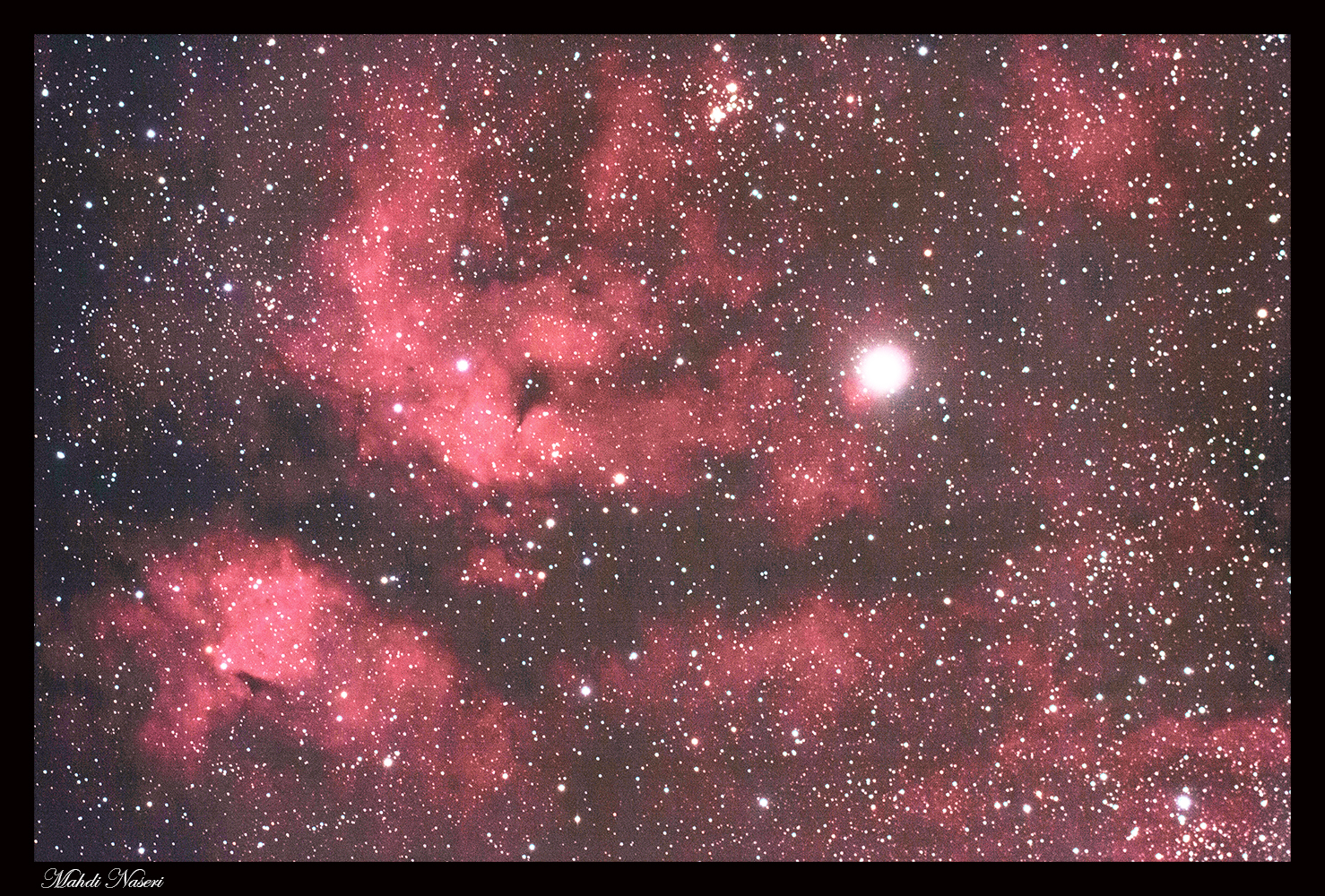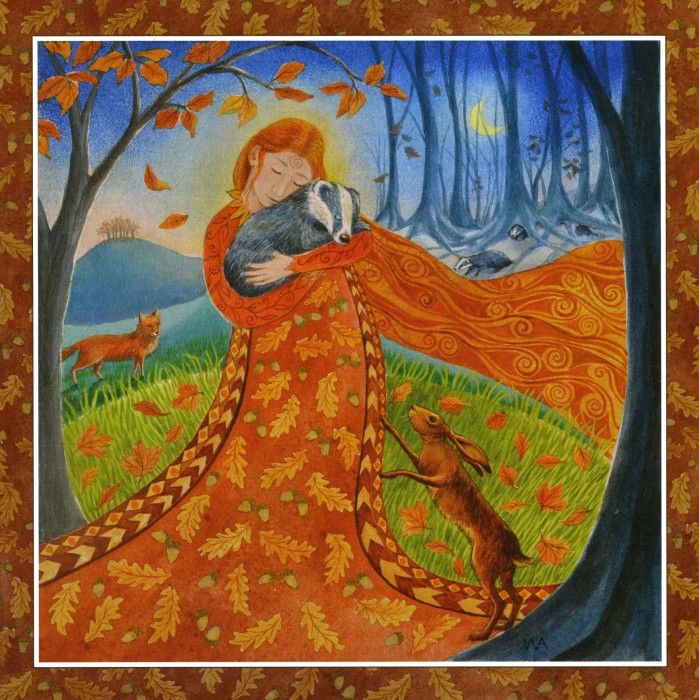Blog
John William Coltrane (September 23, 1926 – July 17, 1967) was an American jazz saxophonist and composer. Working in the bebop and hard bopidioms early in his career, Coltrane helped pioneer the use of modes and was at the forefront of free jazz. He led at least fifty recording sessions and appeared on many albums by other musicians, including trumpeter Miles Davis and pianist Thelonious Monk. Over the course of his career, Coltrane’s music took on an increasingly spiritual dimension. He remains one of the most influential saxophonists in music history. He received numerous posthumous awards, including canonization by the African Orthodox Church and a Pulitzer Prize in 2007. His second wife was pianist and harpist Alice Coltrane. The couple had three children: John Jr. (1964–1982), a bassist; Ravi (born 1965), a saxophonist; and Oran (born 1967), also a saxophonist.
Coltrane was born in his parents’ apartment at 200 Hamlet Avenue in Hamlet, North Carolina, on September 23, 1926. His father was John R. Coltraneand his mother was Alice Blair. He grew up in High Point, North Carolina and attended William Penn High School. Beginning in December 1938, his father, aunt, and grandparents died within a few months of each other, leaving him to be raised by his mother and a close cousin. In June 1943, he moved to Philadelphia. In September, his mother bought him his first saxophone, an alto. He played clarinet and alto horn in a community band before beginning alto saxophone in high school. From early to mid-1945 he had his first professional work: a “cocktail lounge trio” with piano and guitar.
To avoid being drafted by the Army, Coltrane enlisted in the Navy on August 6, 1945, the day the first U.S. atomic bomb was dropped on Japan. He was trained as an apprentice seaman at Sampson Naval Training Station in upstate New York before he was shipped to Pearl Harbor, where he was stationed at Manana Barracks, the largest posting of African-American servicemen in the world.By the time he got to Hawaii in late 1945, the Navy was downsizing. Coltrane’s musical talent was recognized, and he became one of the few Navy men to serve as a musician without having been granted musician’s rating when he joined the Melody Masters, the base swing band. As the Melody Masters was an all-white band, however, Coltrane was treated merely as a guest performer to avoid alerting superior officers of his participation in the band. He continued to perform other duties when not playing with the band, including kitchen and security details. By the end of his service, he had assumed a leadership role in the band. His first recordings, an informal session in Hawaii with Navy musicians, occurred on July 13, 1946. He played alto saxophone on a selection of jazz standards and bebop tunes.
more...IC1318 accounts for the nebula surrounding Sadr, the third brightest star of the Cygnus constellation (thereby gamma Cygni). This nebula is an emission nebula, in addition to having many dark nebulae. It is impossible to observe directly via simple and ordinary telescopes and merely appears in photos. Despite the fact that Sadr and the nebula look near each other, the nebula has a distance of three as further as Sadr. The photo is the result of 40 minutes exposure time.

Oliver “Tuku” Mtukudzi (22 September 1952 – 23 January 2019) was a Zimbabwean musician, businessman, philanthropist, human rights activistand UNICEF Goodwill Ambassador for Southern Africa Region. Tuku was considered to have been Zimbabwe’s most renowned and internationally recognised cultural icon of all time.
Mtukudzi grew up in Highfield, a poor neighborhood in Salisbury (modern-day Harare) in Southern Rhodesia, as the eldest of seven siblings. While both his parents sang in a choir, they were initially not supportive of his continued interest in music, consequently breaking his first homemade guitar.
He began performing in 1977 when he joined the Wagon Wheels, a band that also featured Thomas Mapfumo and fellow legendary guitarist James Chimombe. They were given the rare opportunity by Paul Tangi Mhova Mkondo, an African nationalist and music promoter, who provided money and resources to the group. With the support of Mutanga, the prayers and blessings of Amai Mutanga, he allowed them to perform at Mutanga Restaurant & Night Club (Pungwe) which, at the time, was the first and only African licensed (obtained by Mkondo) night club available for blacks under Rhodesia’s policy of segregation. Their single Dzandimomotera went gold and Tuku’s first album followed, which was also a major success. Mtukudzi is also a contributor to Mahube, Southern Africa’s “supergroup”.
more...Chief Sunday Adeniyi Adegeye MFR (born 22 September 1946), known professionally as King Sunny Adé, is a Nigerian jùjú singer, songwriter and multi-instrumentalist. He is regarded as one of the first African pop musicians to gain international success, and has been called one of the most influential musicians of all time. For his longevity, fluid moves, boundless stage energy and vast collaborative variety, he is Africa’s Mick Jagger.
In March 2017, he was appointed ambassador for the “Change Begins With Me” campaign by the Nigerian minister of Information Lai Mohammed.
Adé was born in Osogbo to a Nigerian royal family from Ondo and Akure, thus making him an Omoba of the Yoruba people. His father was a church organist, while his mother, Maria Adegeye (née Adesida), was a trader. As a member of the Adesida dynasty, his mother’s relatives included her father Oba Adesida I (who ruled Akure for 60 years) and would later include her nephew and Adé’s cousin, Oba Adebiyi Adegboye Adesida Afunbiowo II, a future king of Akure.
https://www.youtube.com/watch?v=Of0NcxHPXeg&t=87s
more...Fletcher Smith (born September 22, 1913 in Lincoln , Nebraska , August 15, 1993 in Los Angeles ) was an American rhythm & blues – and jazz pianist .
Fletcher Smith played for Cootie Williams in 1943 and in the following years with Slim Gaillard , King Perry , Varetta Dillard , Jimmy Rushing , Big Maybelle , Linda Hopkins , Sister Rosetta Tharpe , Earl Bostic , Stick McGhee , Mickey Baker , Percy Mayfield , King Perry and Geechie Smith . Under his own name ( Fletcher Smith’s Squares, Fletcher Smiths band ) he played in the 1950s several singles such as Mean Poor Gal , Ting Ting Boom Scat or Shout, Shout, Shout . In the field of jazz he was involved between 1943 and 1959 in 36 recording sessions.
more...This image of a well-known spiral galaxy, Messier 83, was prepared by superposing three CCD frames from this data release that are now available in the archive. This galaxy is located in the southern constellation Hydra (The Water-Snake) and is also known as NGC 5236; the distance is about 15 million light-years. The spiral structure resembles that of the Milky Way Galaxy in which we live, but Messier 83 also possesses a bar-like structure at the centre.
This photo shows the central region of a beautiful spiral galaxy, Messier 83, as observed with the FORS1 instrument at VLT ANTU . It is based on a composite of three images, all of which are now available from the ESO Science Data Archive, as described in this Press Release. The three frames were taken in March 1999 through three different filters: B (wavelength 429 nm; Full-Width-Half-Maximum (FWHM) 88 nm; exposure time 10 min; here rendered as blue), R (657 nm; 150 nm; 3 min; green) and I (768 nm; 138 nm; 3 min; red) during a period of 0.8 arcsec average seeing. The field shown measures about 6.8 x 6.8 arcmin and the images were recorded in frames of 2048 x 2048 pixels, each measuring 0.2 arcsec. North is up; East is left.

James Marcellus Arthur “Sunny” Murray (September 21, 1936 – December 7, 2017) was one of the pioneers of the free jazz style of drumming.
Murray was born in Idabel, Oklahoma, where he was raised by an uncle who later died after being refused treatment at a hospital because of his race. He began playing drums at the age of nine. As a teen, he lived in a rough part of Philadelphia, and spent two years in a reformatory. In 1956, he moved to New York City, where he worked in a car wash and as a building superintendent. During this time, he played with musicians such as trumpeters Red Allen and Ted Curson, pianist Willie “The Lion” Smith, and saxophonists Rocky Boyd and Jackie McLean.
In 1959, he played for the first time with pianist Cecil Taylor and, according to Murray, “[f]or six years all the other things were wiped from my mind…” “With Cecil, I had to originate a complete new direction on drums.” Murray stated: “We played for about a year, just practicing, studying — we went to workshops with Varèse, did a lot of creative things, just experimenting, without a job.” In 1961, Murray made a recording with Taylor’s group that was released under the auspices of Gil Evansas one side of Into the Hot.
https://www.youtube.com/watch?v=2NON58uIldI
more...Leonard Norman Cohen CC GOQ (September 21, 1934 – November 7, 2016 Westmount, Quebec) was a Canadian singer, songwriter, poet, and novelist. His work explored religion, politics, isolation, depression, sexuality, loss, death and romantic relationships. Cohen was inducted into the Canadian Music Hall of Fame, the Canadian Songwriters Hall of Fame, and the Rock and Roll Hall of Fame. He was invested as a Companion of the Order of Canada, the nation’s highest civilian honour. In 2011, Cohen received one of the Prince of Asturias Awards for literature and the ninth Glenn Gould Prize.
Cohen pursued a career as a poet and novelist during the 1950s and early 1960s, and did not begin a music career until 1967 at the age of 33. His first album, Songs of Leonard Cohen (1967), was followed by three more albums of folk music: Songs from a Room (1969), Songs of Love and Hate(1971) and New Skin for the Old Ceremony (1974). His 1977 record Death of a Ladies’ Man, co-written and produced by Phil Spector, was a move away from Cohen’s previous minimalist sound. In 1979, Cohen returned with the more traditional Recent Songs, which blended his acoustic style with jazz, East Asian, and Mediterranean influences. Perhaps Cohen’s most famous song, “Hallelujah“, was first released on his studio album Various Positions in 1984. I’m Your Man in 1988 marked Cohen’s turn to synthesized productions. In 1992, Cohen released its follow-up, The Future, which had dark lyrics and references to political and social unrest. Cohen returned to music in 2001 with the release of Ten New Songs, which was a major hit in Canada and Europe. His 11th album, Dear Heather, followed in 2004. Following a successful string of tours between 2008 and 2013, Cohen released three albums in the last five years of his life: Old Ideas (2012), Popular Problems (2014) and You Want It Darker (2016), the last of which was released three weeks before his death. A posthumous album titled Thanks for the Dance was released in November 2019, his fifteenth studio album.
more...Foreststorn “Chico” Hamilton, (September 20, 1921 – November 25, 2013) was an American jazz drummer and bandleader. He came to prominence as sideman for Lester Young, Gerry Mulligan, Count Basie, and Lena Horne. Hamilton became a bandleader, first with a quintet featuring the cello as a lead instrument, an unusual choice for a jazz band in the 1950s, and subsequently leading bands that performed cool jazz, post bop, and jazz fusion.
Foreststorn Hamilton was born in Los Angeles, California, one of three brothers, one of whom was actor Bernie Hamilton.
Hamilton started his career in a band with Charles Mingus, Illinois Jacquet, Ernie Royal, Dexter Gordon, Buddy Collette and Jack Kelso before he had finished high school. Engagements with Lionel Hampton, Slim & Slam, T-Bone Walker, Lester Young, Count Basie, Duke Ellington, Charlie Barnet, Billy Eckstine, Nat King Cole, Sammy Davis Jr., Billie Holiday, Gerry Mulligan and Lena Horne established his career.
Hamilton appeared in You’ll Never Get Rich (1941) as part of the backing group supporting Fred Astaire. Hamilton also performed on the soundtrack of the Bing Crosby and Bob Hope film Road to Bali (1952).
more...Charles Thomas Potter (September 21, 1918 – March 1, 1988) was a jazz double bass player, best known for having been a member of Charlie Parker‘s “classic quintet”, with Miles Davis, between 1947 and 1950.
Born in Philadelphia, Potter had first played with Parker in 1944, in Billy Eckstine‘s band with Dizzy Gillespie, Lucky Thompson and Art Blakey.
Potter also performed and recorded with many other notable jazz musicians, including Earl Hines, Artie Shaw, Bud Powell, Count Basie, Sonny Rollins, Stan Getz, Max Roach, Eddie Heywood, Tyree Glenn, Harry “Sweets” Edison, Buck Clayton and Charles Lloyd.
more...More Posts
- World Music with Australian Aboriginal Didgeridoo
- Daily Roots with Mystic Eyes
- The Cosmos with IRAS 16399-0937
- Joe Castro Day
- Oscar Peterson Day
- World Music with Aljibe
- Daily Roots with Bunny Rugs
- The Cosmos with M86
- David Crosby Day
- Son Seals Day
- Stuff Smith Day
- World Music with Lingua Franca Ensemble
- Daily Roots with Bunny Wailer
- The Cosmos with NGC 2736
- Mulgrew Miller Day
- George Shearing Day
- World Music with Tabanka
- Daily Roots with Prodigal Creator
- The Cosmos with Meteor M31
- Pat Metheny Day
